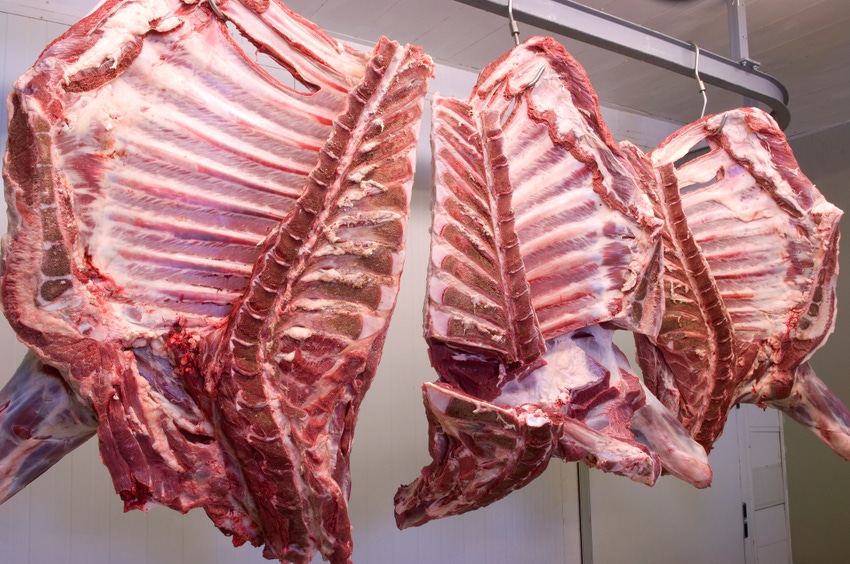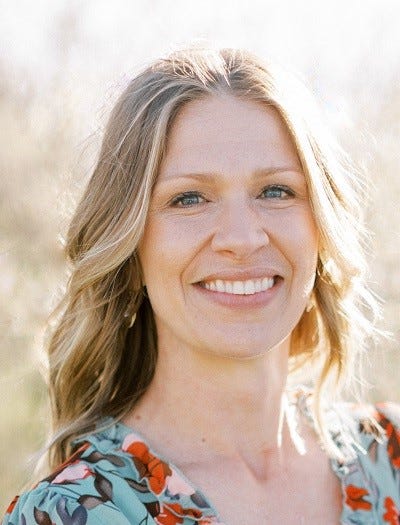Report explores expanding U.S. beef packing capacity
Additional 5,000-6,000 head daily beef packing capacity would help return U.S. cattle supplies and packing capacity to historical equilibrium.

Recent beef supply chain challenges, including the Tyson Foods Holcomb, Kan., processing plant fire in the fall of 2019 and the disruptions during the COVID-19 pandemic, have amplified the discussion surrounding the need for and feasibility of additional U.S. beef packing capacity.
Now, a new analysis by Rabobank is suggesting that an additional 5,000-6,000 head of daily beef packing capacity would help return U.S. cattle supplies and packing capacity to an historical equilibrium. This level of expansion, the firm noted, would allow capacity to grow without a sharp contraction in beef cow numbers while still maintaining packer profitability.
The report explained that beef packing historically has been a breakeven business. However, as cattle herd expansion has outpaced capacity, packers have been strategically positioned to capture record margins in recent years.
“While the Tyson Holcomb fire and COVID-19 created acute and unexpected massive imbalances between cattle numbers and the suddenly limited availability of labor and/or facilities, the course of events over the past couple of decades had already created a scenario of relative imbalance,” the report relayed.
As such, Rabobank believes that adding packing capacity would result in both a larger U.S. beef industry over the long run and more balanced profitability throughout the supply chain. Further, if the U.S. could avoid major herd liquidation in the current cattle cycle, the beef industry will be well positioned to capitalize on growing global protein demand.
“If such expansion can be achieved through in-plant technology improvement and new consumer demand-driven small and medium-sized plants, profitability will be more evenly distributed throughout the beef and cattle supply chain,” Rabobank animal protein analyst Dustin Aherin explained.
More balanced profitability, he said, would prevent the U.S. beef industry from shrinking and place it in a better position to capitalize on growing global protein demand.
“Simultaneously, improved profitability and industry stability allow for more outward, consumer-oriented focus and investment, which is critical for the U.S. beef industry’s long-term success,” Aherin said.
As for why packing expansion hasn’t already occurred, Rabobank said packers have been reluctant to sacrifice the competitive leverage they have been experiencing. However, there are several other factors that have discouraged expansion by established packers or new entrants, the report added.
First, the cost of building a new plant is estimated at around $100-200 million for every 1,000 head of daily capacity. Second, Rabobank said competing with established supply chain networks is difficult, even if a new plant were opened by an established packing company. Last, the report said the capital depth and longevity required to build and maintain a new plant through its first cattle cycle discourages most from investing.
Still, Rabobank said additional capacity could be added through technology, such as robots or automation, which many packers have already been implementing due to labor challenges. It also allows packers to better manage costs and reduce product waste.
“Estimating current industry daily fed cattle slaughter capacity at roughly 100,000 head, even a 1% improvement in efficiency across all existing plants could add 1,000 head daily fed cattle capacity,” Rabobank reported.
The report also suggested that small to medium-sized plants could also be an option for expanding capacity but added that competing with the efficiency of larger plants would prove difficult. However, if plants focused on a niche by specializing in a specific product or type of cattle, the value-added component could possibly be enough to compete.
About the Author(s)
You May Also Like





